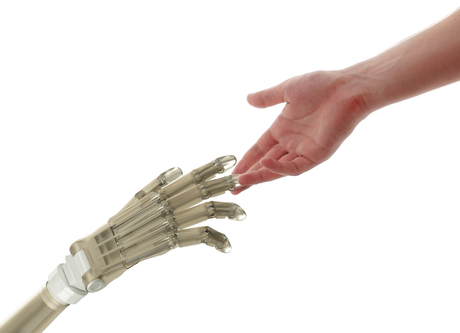Forecasting the future of food

Metalworks, the R&D branch of the media agency Maxus, has released its predictions of five trends that will shape the future of food.
1. Engineered food
Global population growth and environmental pressures call for new solutions, and engineered meat uses less water, land and fuel to produce. In addition, vegetarians/vegans practising meatless diets are looking for more variety and better-tasting food, so companies that can develop plant-based foods which are healthy and fast to prepare will capture this growing market.
The health-conscious consumer who wishes to age well will also drive demand for packaged performance food and pharma foods.
Example: FoodBot takes health and fitness data from your wearable devices and creates shakes based on your body’s nutritional needs.
2. Food activism
Food waste, extinction and GMO foods are just some of the causes that inspire food activism. Technology will help to inform the public on the food we eat and rally them for change to the burgeoning problems. This also presents brands with the opportunity to support causes that align with their brand values.
Example: Sea to Table is a platform that connects fishermen from small-scale sustainable fisheries with chefs.
3. Experiential food concepts
Technology is helping food and beverage outlets to move beyond the novelty factor to improve productivity. Upfront investment costs of technology are falling, and the potential savings appeal to business owners. Examples include self-ordering kiosks at fast food restaurants and robots used as wait staff, chefs and kitchen hands.
Restaurants and cafes will place greater emphasis and investment on decor and presentation to tap into consumer demand for ‘shareable moments’ using social media.
Example: Paper & Tea concept store in Berlin organises tea leaves by oxidisation rate.
4. The internet of food
The connected home and smart devices has been a recurring vision among consumer electronic brands in recent years. Smart and connected devices will become a de facto standard for all electronic devices in the near future, giving consumers access to home appliances that learn about their habits and adapt to their needs.
Example: Pantelligent is a smart frying pan that teaches users how to cook via a temperature sensor connected to a smartphone app.
5. Ready to consume
For retailers, food with longer shelf life represents less food waste and fewer markdowns. Producers benefit from expanded geographical export range and shoppers benefit from extended consumption periods.
3D food printers reduce the number of kitchen staff needed for large-volume preparation and offer the ability to produce food in any desired shape.
Nanotechnology packing plastic for dry food and perishables extends shelf life without preservatives.
Example: Germany-based Biozoon is creating food mash that melts in the mouth for consumption by elderly people.
The full Metalworks trend report is available at SlideShare.
Talk from the top with Dr Sandra Cuthbert
In this article, we takes a look at a day in the life of the FSANZ CEO, Dr Sandra Cuthbert, and...
Modest growth predicted for global dairy market
For Australia, dairy farm margins will likely benefit from improving farmgate prices in 2025...
The impact of global warming on food security
Researchers from Aalto University have developed a more precise model of where and how warming...














